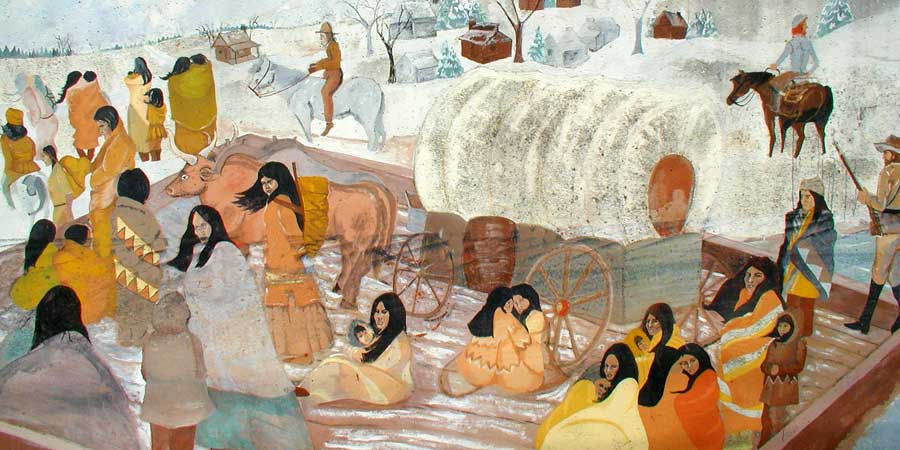
Indian Removal — Trail of Tears
The following recollections are from James Scott, last survivor of the Trail of Tears.
“After our walk, there were no babies left; they killed the babies.”
Source: “A Sacred Path: The Way of the Muscogee Creeks”
JAMES SCOTT — The late James Scott died around 1944 at about 110 years of age. He walked the Trail of Tears from the Alabama/Georgia region to Oklahoma when he was 7 to 8 years old. His parents died during the removal.
Since he had outlived most of his contemporaries, he was a major resource on Creek history and culture. He was well-known for his storytelling abilities. With other indigenous people, he incorporated the Green Leaf Missionary Baptist Church in 1910, a little ways from Muscogee Nation traditional ceremonial grounds and he stayed in touch with both groups. At over 100 years old, Scott was alert and talkative. He chewed tobacco and carried his own medicine pouch.
The following is his recollection of The Trail of Tears: “One morning, when it was already getting cold, a runner came to our village out of breath, saying haltingly “Talking papers. They are sending people with talking papers-people are already disappearing-what’s left behind is being stolen. They are sending us to a burial ground. They keep talking about judgment day. We need to either hide or mix with other tribes up north. These demons are shooting Indians if we resist. I have to warn the next village.” He left and, even though I was just a boy, I knew that something very bad was about to happen. A dark cloud hovered over us. I don’t know how many days went by. We started gathering provisions, we talked about other tribal towns, The earth trembled, and even the trees seemed to be shaking. The hovering dark cloud brought the evil men sooner than we expected. The soldiers started shooting. The whites rounded us up like cattle and put shackles on the strong men.
There was a silent cry-no words-so devastating-silent prayers-then low humming of the chant of communal encouragement. Gun butts were hitting mouths. That morning cold winds blew-like judgment day.
We did not know where we were heading. There were talking papers-more talking papers. The whites would keep on bringing talking papers, and tragedy always followed. Along the trail, they split us up. I lost my mother and father and ended up with an uncle. Little babies sometimes would have their heads smashed against a tree. Strong shackled men were used for pulling wagons and chopping wood. Those who got sick were left or dumped by the soldiers. There was hardly any food. People were hungry, cold, and frost bitten. The whites roasted meat and the aroma made you want to die. Each time someone fell, they sacrificed, saying, “Take my blanket – I am going home.” The chilling wind never left us, we have seen blizzards – now we were in one. Even Strong Buffalo would not have survived such a winter. Somehow, the Creator was with us. Most of the time, children walked. However, sometimes they would be allowed to ride in a wagon with older folks. About the time we reached Indian territory, there were very few of us – mostly older children and shackled men. After our walk, there were no babies left; they killed the babies. Hardly any women made it. I only had one uncle left. We began with about 500 in our group and we wound up with 50 and we wound up near Okemah, Asilanabi, and Greenleaf, the places where we finished growing up. These places were near some Christian Indians who had already got there before us. Nitaspoki – The last day – I was always looking for it, but it did not come. It took 20 years for the nightmares to lessen.”
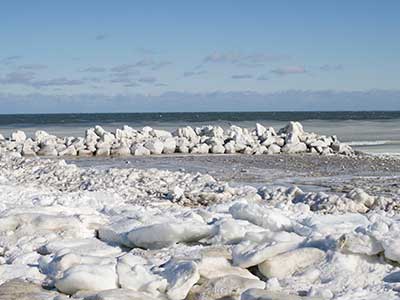
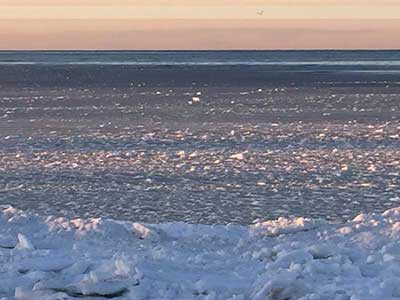

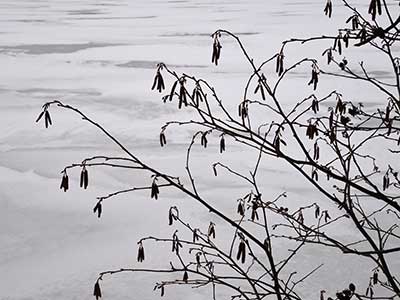
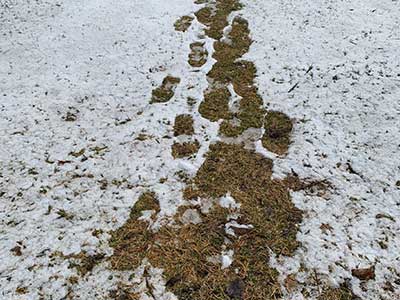
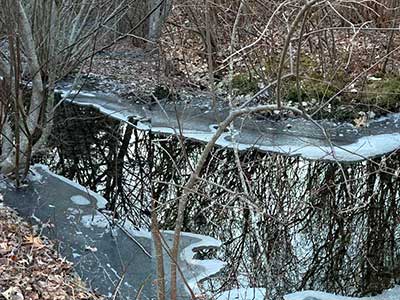
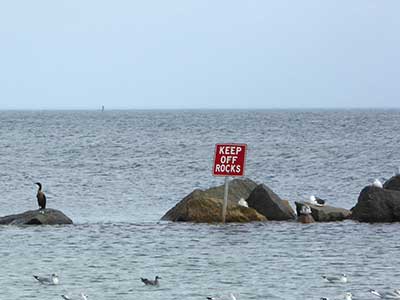
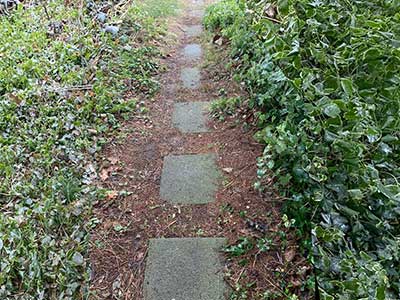
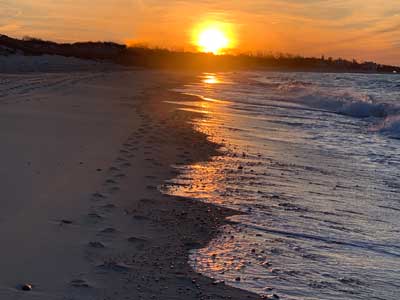
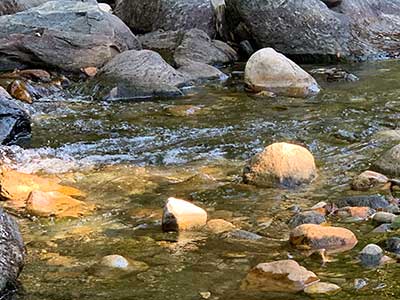

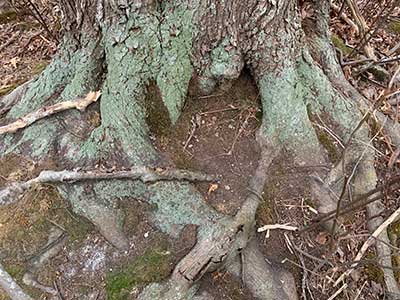
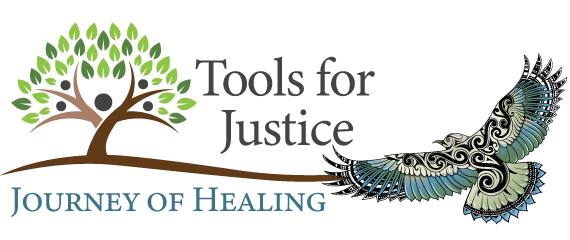
Is it known what he meant by “talking papers”? It’s referenced repeatedly. I tried to do some research and find out, but I couldn’t find explaining the term. Contextual indicators make it seem though it’s deportation or eviction orders. I am just curious if it’s a specific item he’s referencing or is it more of an idiomatic phrase of his.
While I could be wrong, my assumption is that since indigenous people in North America, for the most part, did not originally have a written language, they didn’t have context for paper documents so referred to them as “talking papers”.